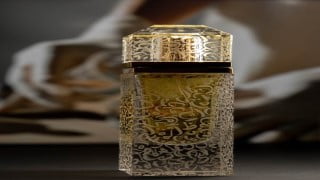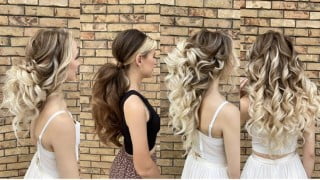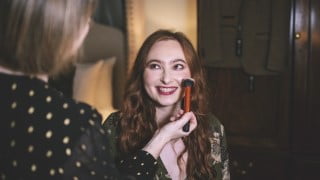Perfuming For Character
“Discover the art of perfumery and learn about the different types and sources of natural odorants. Explore the composition and application of perfumes, as well as their health and environmental implications. Perfect for perfumers, beauty consultants, and anyone interested in the world of fragrance.”
What you’ll learn
- Obtaining natural odorants in perfumes
- Aromatic sources in perfume
- Odor characteristics in perfumery
- Fragrant extractions in perfumes
- How to store perfumes
- Health and environmental issues in perfumes
- Composing perfumes
- Dilution classes of perfumes
- Describing a perfumes
- How to layer body scents
- How perfume help to conquer fear
- How to pick your daughters first perfume
Show moreShow less
Perfume types reflect the concentration of aromatic compounds in a solvent, which in fine fragrance is typical ethanol or a mix of water and ethanol. Various sources differ considerably in the definitions of perfume types. The intensity and longevity of a perfume is based on the concentration, intensity, and longevity of the aromatic compounds, or perfume oils, used. as the percentage of aromatic compounds increases, so does the intensity and longevity of the scent. The conventional application of pure perfume in western cultures is behind the ears, at the nape of the neck, under the armpits and at the insides of wrists, elbows and knees, so that the pulse point will warm the perfume and release fragrance continuously. It is also believed that behind the knees is the ideal point to apply perfume in order that the scent may arise.
Perfume is describe in a musical metaphor as having three set of notes, making harmonious scent accord. The notes unfold over time, with the immediate impression of the top note leading to the deeper middle notes, and the base notes gradually appearing as the final stage. These notes are created carefully with knowledge of the evaporation process of the perfume. There are so many aromatic sources for perfume which include plant sources such as bark, flowers, fruits, leaves, seed, wood etc. Wood is highly important in providing the base notes to a perfume, Wood oils and distillates are indispensable in perfumery. Some of the most common wood used in perfume are sandalwood, rosewood, agarwood and juniper etc.
Who this course is for:
- Perfumer, beauty and makeup consultants, cosmetics professionals, parents, students, ladies, managers, directors, fashion personalities, everybody etc.
User Reviews
Be the first to review “Perfuming For Character”
You must be logged in to post a review.







There are no reviews yet.